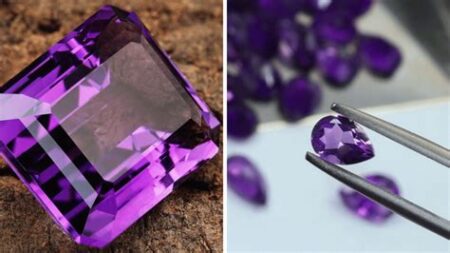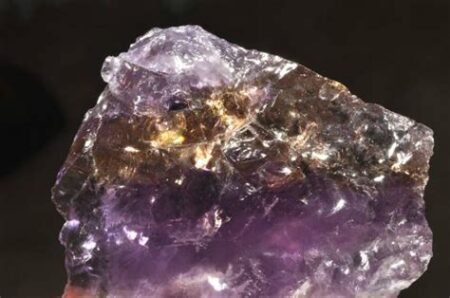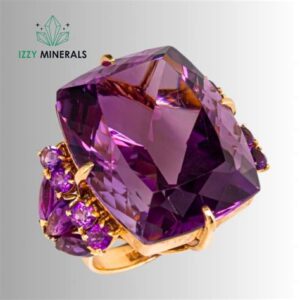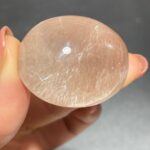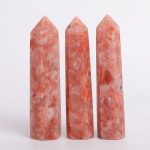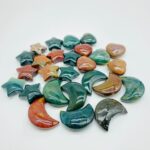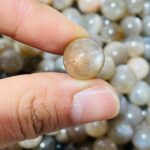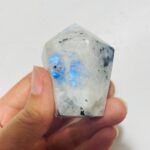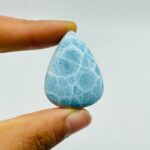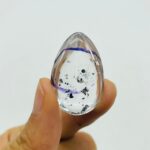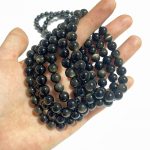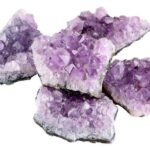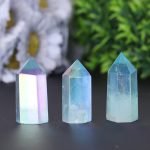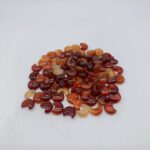Introduction
Crystal glass, renowned for its brilliance, clarity, and sophisticated elegance, has become an indispensable material in a myriad of applications, from tableware and art objects to lighting and architectural features. With its versatile nature and captivating beauty, crystal glass has captivated the hearts of discerning individuals seeking to enhance their surroundings with a touch of sophistication and timeless appeal.
This comprehensive Crystal Glass Identification Chart serves as an invaluable resource for identifying the diverse types of crystal glass based on their distinct characteristics, ensuring informed decision-making for collectors, enthusiasts, and anyone desiring a profound understanding of this captivating material.
Types of Crystal Glass
The realm of crystal glass encompasses a wide spectrum of formulations, each exhibiting unique properties that cater to specific applications. The following table provides a detailed overview of the most prevalent types of crystal glass, along with their key characteristics:
| Type of Crystal Glass | Key Characteristics |
|—|—|—|
| Lead Crystal | Contains a high concentration of lead oxide (typically 24% or more), resulting in exceptional brilliance, clarity, and weight. |
| Barium Crystal | Utilizes barium oxide as the primary heavy metal component, offering a combination of clarity and durability without the presence of lead. |
| Potassium Crystal | Incorporates potassium oxide as the primary ingredient, yielding a lightweight and durable glass with good clarity. |
| Zinc Crystal | Characterized by high zinc content, resulting in a glass that is resistant to scratching and thermal shock. |
| Soda-Lime Crystal | The most common type of crystal glass, composed primarily of soda ash and lime, providing a balance of durability and affordability. |
Identifying Crystal Glass
Distinguishing between crystal glass and other types of glass requires careful observation and an understanding of the defining characteristics of each material. The following properties serve as key indicators:
- Clarity and Transparency: Crystal glass exhibits exceptional clarity and transparency, allowing light to pass through it without distortion or discoloration.
- Luster and Sparkle: Crystal glass possesses a high refractive index, which causes light to reflect and refract, resulting in a captivating luster and sparkle.
- Weight: Lead crystal, in particular, has a substantial weight due to its high density. Other types of crystal glass may also feel heavier than ordinary glass.
- Sound Resonance: When gently tapped, crystal glass produces a clear, resonant sound, unlike the dull thud of regular glass.
- Cut and Polish: Crystal glass is renowned for its ability to be intricately cut and polished, showcasing its brilliance and clarity.
Applications of Crystal Glass
The versatility of crystal glass extends to a wide range of applications, catering to both functional and aesthetic needs. Some of the most notable uses include:
- Tableware: Crystal glass is highly sought after for tableware, including glasses, plates, bowls, and serving dishes, adding a touch of sophistication to dining experiences.
- Art Objects: Crystal glass sculptures, figurines, and decorative pieces are highly prized by collectors and art enthusiasts, showcasing the intricate craftsmanship and beauty of the material.
- Lighting: Crystal glass chandeliers, sconces, and lamps create stunning lighting fixtures that enhance the ambiance of any interior space.
- Architectural Features: Crystal glass windows, doors, and decorative elements add a touch of grandeur and elegance to both residential and commercial buildings.
Pros and Cons of Crystal Glass
To aid in making informed decisions, the following table summarizes the key advantages and disadvantages of crystal glass:
| Advantages of Crystal Glass | Disadvantages of Crystal Glass |
|—|—|—|
| Exceptional clarity and brilliance | Can be expensive compared to other types of glass |
| High refractive index, resulting in a captivating luster | Lead crystal contains lead, which may pose health concerns if ingested |
| Durable and long-lasting | Requires careful handling and cleaning to maintain its beauty |
| Versatile material with a wide range of applications | May not be suitable for certain applications where high durability is required |
Frequently Asked Questions
To address common inquiries, the following FAQs provide concise answers to frequently asked questions about crystal glass:
1. What is the difference between crystal glass and regular glass?
Answer: Crystal glass contains heavy metal oxides, such as lead, barium, or potassium, which give it enhanced clarity, brilliance, and weight. Regular glass, on the other hand, typically does not contain these heavy metal additives.
2. Is crystal glass safe for food and drink?
Answer: Lead crystal should not be used for food or drink consumption due to the potential release of lead into the contents. Other types of crystal glass, such as barium or potassium crystal, are generally considered safe for food and drink use.
3. How do I care for crystal glass items?
Answer: Handle crystal glass items carefully to prevent breakage. Use a mild detergent and warm water for cleaning, and avoid using harsh chemicals or abrasive sponges. Dry thoroughly with a soft cloth.
4. What is the lifespan of crystal glass?
Answer: With proper care and handling, crystal glass items can last for many years, retaining their beauty and clarity.
5. Is crystal glass recyclable?
Answer: Yes, crystal glass can be recycled, but it is important to check with local recycling facilities for specific guidelines.
Conclusion
Crystal glass, with its captivating brilliance, timeless appeal, and versatile applications, continues to enchant and inspire. Understanding the different types, characteristics, and applications of crystal glass empowers individuals to make informed decisions and appreciate the unique qualities of this exceptional material.
As the boundaries of innovation continue to expand, new applications for crystal glass are constantly emerging. From advancements in optical technology to groundbreaking architectural designs, the future of crystal glass holds endless possibilities for pushing the boundaries of creativity and shaping the world around us.
May this Crystal Glass Identification Chart serve as a valuable companion on your journey of discovery, enhancing your appreciation and understanding of this captivating material.

